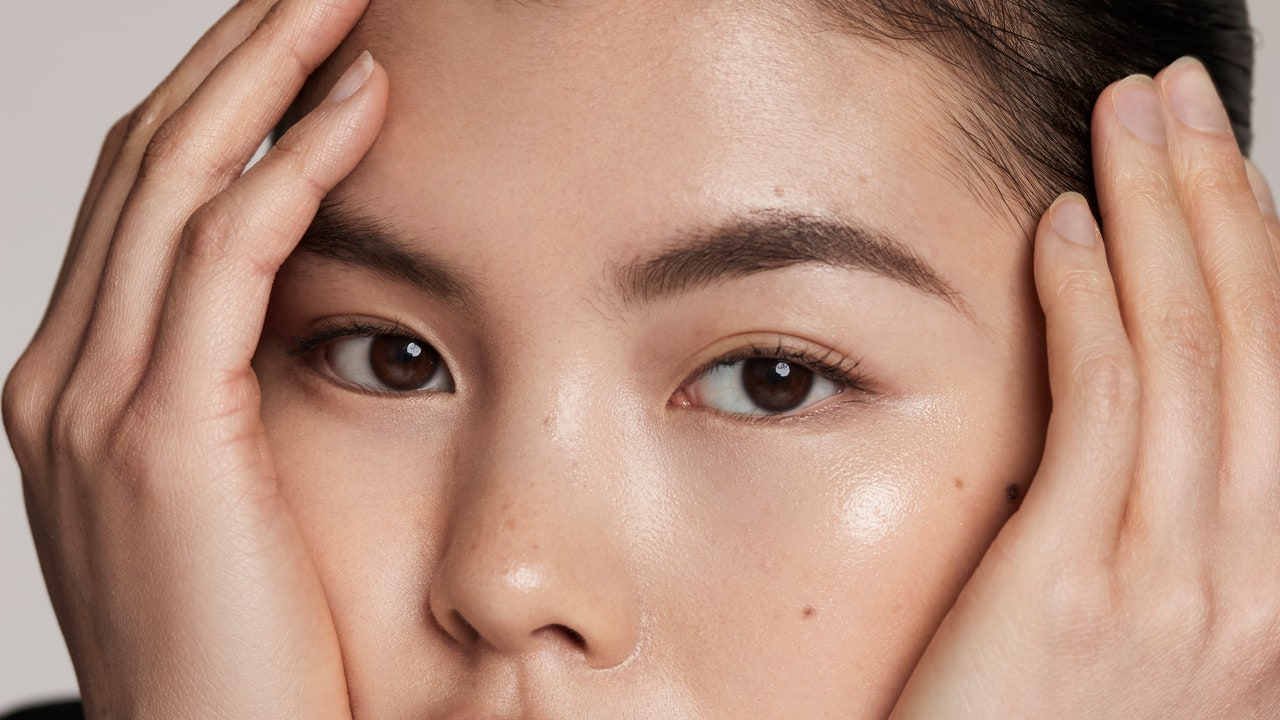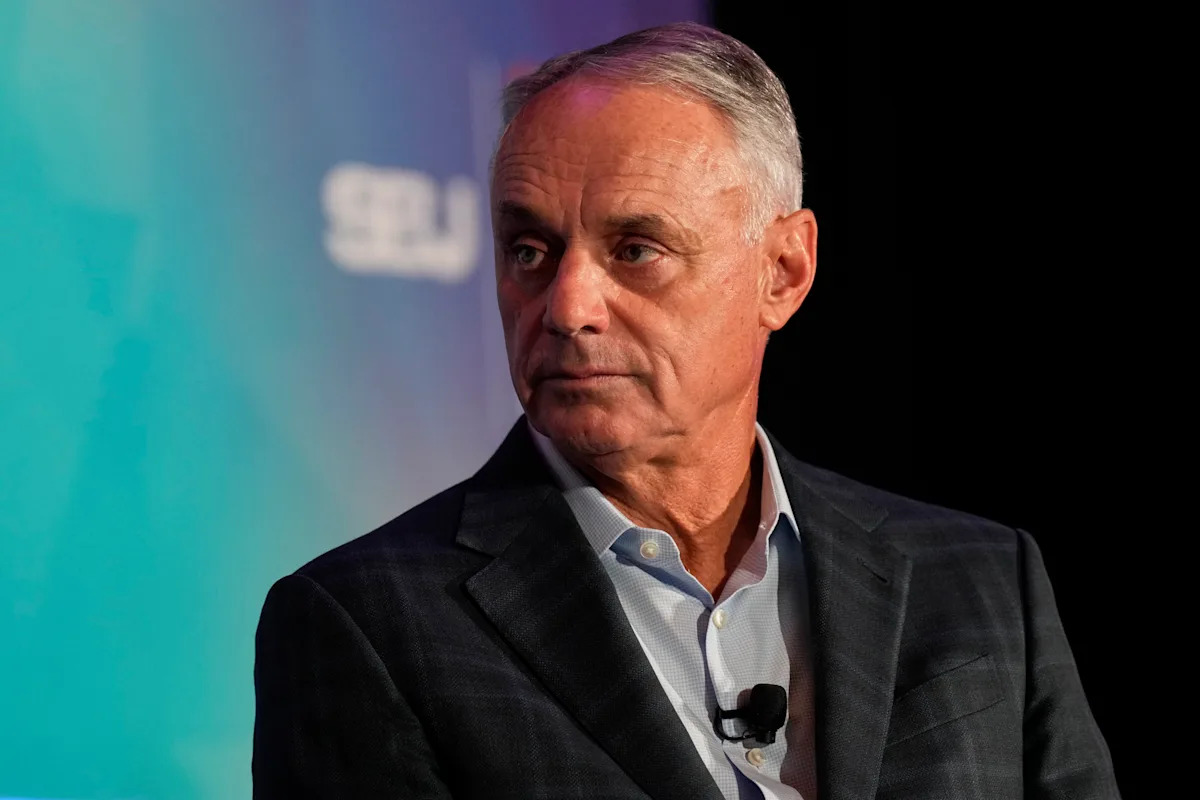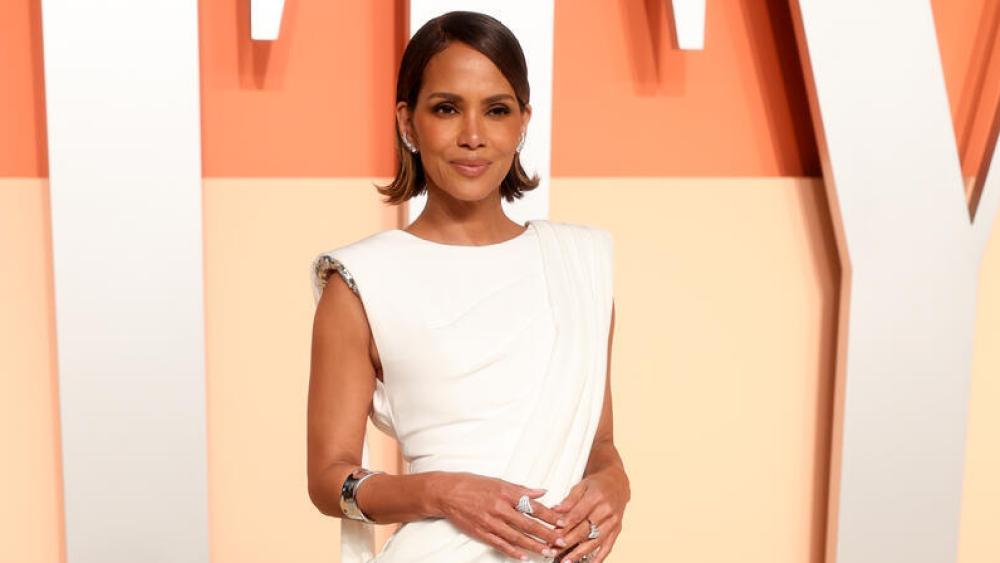
Once focused on rapid expansion and low-cost production advantages, China’s fashion sector is now navigating slower growth. And April brought renewed turbulence. The dominant concern across the industry has been tariffs — looming large over every link in the supply chain, from raw material sourcing to finished product exports.
Meanwhile, the real estate sector remains sluggish. Since the sector’s downturn in 2021, Chinese households of three have experienced an average asset loss of around 430,000 renminbi (about $59,000), largely due to falling property values. The struggles of the real estate sector have driven up household savings and risk aversion, weakening consumption and slowing overall economic growth —further compounding pressure on discretionary categories like fashion.
On April 16, China’s National Bureau of Statistics reported that gross domestic product grew 5.4 percent in the first quarter with a 4.6 percent year-over-year increase in total retail sales. While these numbers reflect the impact of proactive fiscal measures, many consumers remain unconvinced, signaling that policy tools have yet to fully restore confidence.
Against this backdrop, China’s fashion industry is contending with two critical challenges: geopolitical headwinds related to trade and the tariffs imposed by President Donald Trump, and domestic uncertainties stemming from the cooling real estate market. As a result, leading companies in the country’s most economically advanced regions are starting to chart potential new paths forward.
Tariffs Shake the Foundation
After the U.S. slapped higher tariffs on Chinese imports on April 2, sparking a tit-for-tat trade war between the two countries, textiles have emerged as one of the hardest-hit sectors, second only to consumer electronics among A-share listed industries. The changes reverberated throughout the industry, casting uncertainty over OEM exports and raw material imports.
Shenzhou International, a leading knitwear manufacturer and a key supplier to Nike, Adidas, Puma and Uniqlo, serves as a cautionary example. In 2024, nearly 80 percent of its revenues came from its top four clients. Despite its diversification — only 16 percent of sales are from the U.S., with most production based in Vietnam — the company felt an immediate market shock. On April 3, its stock plunged more than 17 percent intraday, erasing more than 20 billion renminbi, or $2.74 billion, from its market valuation.
Analysts at Morningstar warned that the U.S. tariffs could shave as much as 20 percent off the company’s earnings. Yet JP Morgan struck a more measured tone, suggesting the market had overreacted. With more than half of Shenzhou’s overseas capacity in Vietnam and Cambodia, and a temporary U.S. suspension of additional Vietnam tariffs, the bank maintained an “overweight” rating on Shenzhou’s shares, albeit lowering the price target.
Expanding Abroad, Struggling at Home
Despite the trade tensions, China’s vast domestic market remains a key buffer. Economists like Lu Ting, chief China economist at Nomura, argue that the economy’s strong start and tech-driven investment surge signal resilience. Meanwhile, the government’s “trade-in” stimulus policy is beginning to help revive momentum in certain consumer sectors.
Scholar Tang Ya views the tariff standoff between the U.S. and China as a catalyst for global realignment. For Chinese brands, the challenge in 2025 will be telling their story on a global stage. Companies like Anta, Shein and Miniso are already proving it’s possible — leveraging agile supply chains, digital-first models, and international expansion to redefine Chinese fashion on the world stage.
With the Belt and Road Initiative continuing to guide long-term strategy, more Chinese companies are shifting focus from Western markets toward BRI-aligned countries. This marks a broader diversification strategy aimed at mitigating geopolitical risk while expanding global reach.
From Real Estate to Real Transformation
Meanwhile, the Chinese fashion industry is grappling with another hangover: a reliance on real estate investments that once provided growth ballast but now poses challenges in a cooling market. Major players like Youngor, HLA and Septwolves had all diversified into property development. But as that sector contracts, fashion companies are rethinking their business models.
Some are turning to industrial park partnerships to both off-load real estate assets and spur growth. A standout example is 361°, a sportswear brand that teamed with Suijin Industrial Park. In a strategic land-for-equity deal, 361° used its scale and network to attract complementary businesses to the park — while Suijin provided integrated industrial services, financial support and infrastructure.

Suijin Future Technology City. Courtesy photo.
This collaboration has already attracted a host of textile-related enterprises, including materials innovators like Jiufulong and Boyate Knitting, equipment makers like Lulusen Apparel, and tech-forward firms like Jiandeng Group. The Suijin Zhigu zone in Jinjiang, the first inventory revitalization project of its kind, has emerged as a model for leveraging industrial clusters to address surplus real estate while fostering innovation.
Economist Chang Xiuze calls this model a blueprint for improving operational efficiency and stimulating regional economic development via industrial agglomeration. It’s a rare win-win — one that addresses legacy inventory problems while helping to push innovation-driven growth.
Charting a New Course
Though headwinds persist — from the ongoing trade war to tepid consumer sentiment and the aftermath of the real estate bubble — China’s fashion industry is not standing still. Through a combination of global market reorientation, domestic supply chain innovation, and industrial cluster development, the sector is actively trying to write a new chapter.
The world will be watching how China’s fashion powerhouses balance pressure and potential — and whether the next wave of global fashion innovation will once again have “Made in China” at its heart.
Editor’s Note: China Insight is a monthly column from WWD’s sister publication WWD China examining developments in that all-important market.
#Facing #Pressures #Tariffs #Economy #Chinas #Fashion #Industry #Seeks #Model






